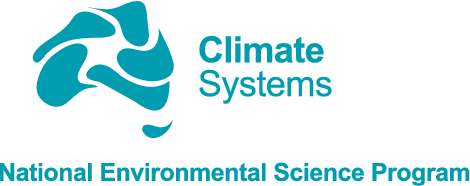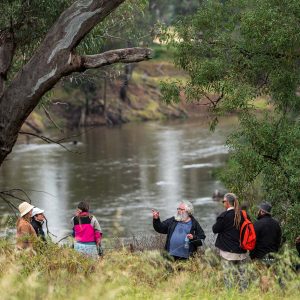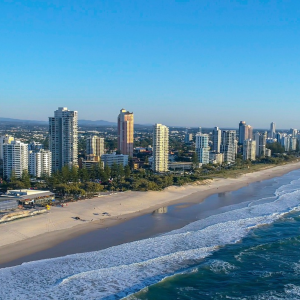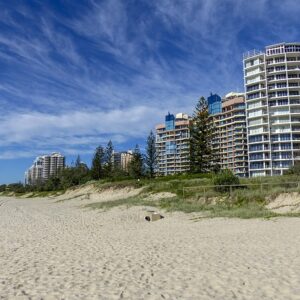July 9, 2025
Held in Cairns, Australia, on the doorstep of the Great Barrier Reef, AMOS 2025 was more than a science conference. It was a rallying cry from Australia’s leading climate and ocean experts, sounding the alarm on the urgent need for change. While the program was packed with technical talks, its themes spoke directly to anyone who cares about our collective future, especially what we’re leaving to our kids.
🔬 Themes that matter to everyone
- Tropical cyclones moving: Hamish Ramsay presented his latest research looking at trends over the last 40 years of severe tropical cyclones.
- Tropical climate dynamics, variability, impacts and change: Two NESP Climate Systems Hub researchers delivered their latest work, with Hanna Heidemann sharing the drivers for interannual rainfall variability over northern Australia in observations and CMIP6 models. And Peter Van Rensch on the intricate influence of El Niño and La Niña on Australian climate.
- From physical climate risk to financial risk: Julian O’Grady shared new ways to communicate coastalinundation risk for coastal communities, with Jaci Brown hosting the session and sharing insights on ways to deal with uncertainty in decision-making from her time working in agriculture. Heidi Evans, Helen Bloustein and Ramona Dalla Pozza showcased the range of state government initiatives addressing climate risk. Following an overview of the Investor Group for Climate Change from our Hub Steering Committee Member Kate Simmonds, Ned Haughton presented the case for climate scientists to care about physical financial risk and engaging with the finance sector. Tim Boyle presented co-designed applications to understanding the climate risk for local decision-making, in a Climate Systems Hub-affiliated project.

- Regional climate science, projections and applications: Peter Love presented multivariate bias correction of regional climate simulations at sub-daily timescales.
- Hydrology and water systems: Pallavi Goswami shared her research looking at occurrences of rapid hydrological drought events in Australian catchments.
- Sea-level rise: Xuebin Zhang spoke to the gaps in regional sea-level projections for Australia and the Pacific.
- And in a range of roles, Tilo Ziehn co-chaired the ‘net-zero and beyond’ session, to also deliver an update on new emissions-driven simulations to assess net zero commitments and climate reversibility, as well as the role of an Australian Earth System Model in a national climate change service.
🌿 Why this matters to you
The science presented at AMOS 2025 paints a clear picture: climate change is no longer a future threat, it is a present reality. But it also offers hope. Researchers are developing tools to forecast disasters, guide adaptation, and inform policy. They’re not just studying the problem, they’re building solutions.
Indigenous knowledge took centre stage with a powerful session sponsored by the NESP Climate Systems Hub. The Indigenous Partnerships team led a panel of First Nations voices highlighting how traditional ecological knowledge can guide climate resilience. This isn’t just science, it is storytelling, culture, and wisdom converging to protect Country.
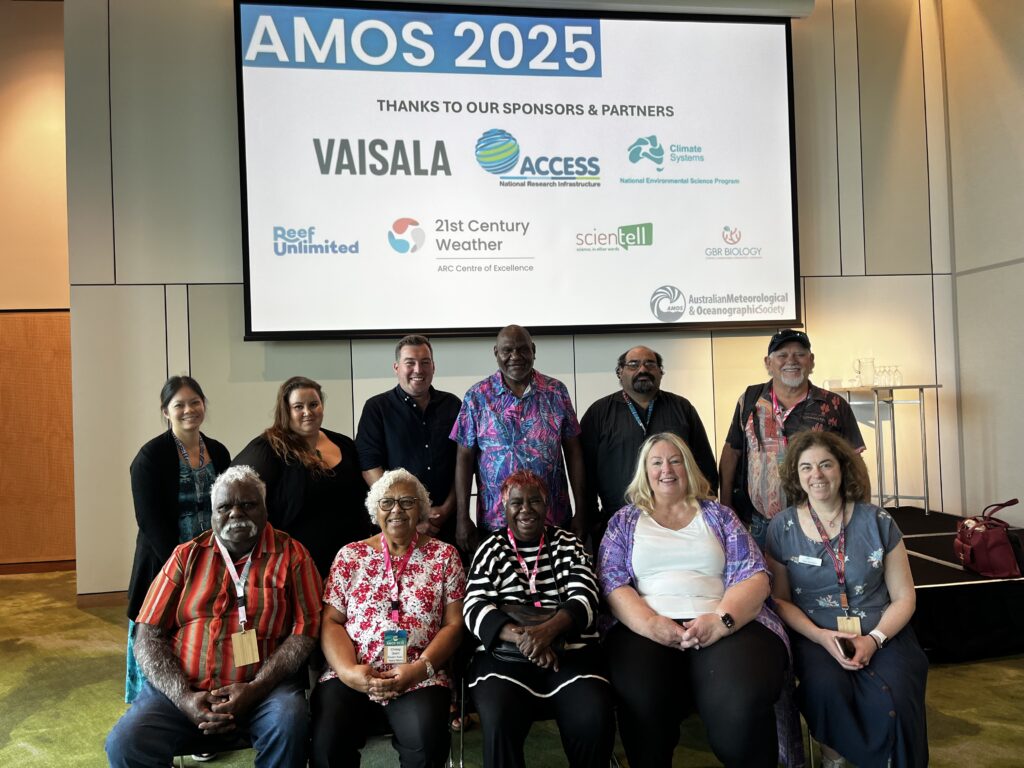
The session highlighted the place-based case studies that use Indigenous-led, co-designed processes developed by the National First Peoples Platform on Climate Change and the Hub’s Indigenous Partnerships team to deliver the NESP Climate System’s Hub project Indigenous-led literature and products to inform national and international processes on climate action.
Project member of the coastal impacts theme, Shannon Clohessy shared how “underpinning it all is trust, showing up, listening, and pushing out assumptions”. Auntie Marilyn shared that “we cannot learn if we do not listen.”
NESP Climate Systems Hub Knowledge Brokers, Ramona Dalla Pozza, Heidi Evans, Helen Bloustein, led an impactful co-design session, demonstrating their everyday steps towards decision-ready science that can be used to make the critical changes to how we live, do business, and manage resources. These steps can be found in the hub’s Co-design guide.
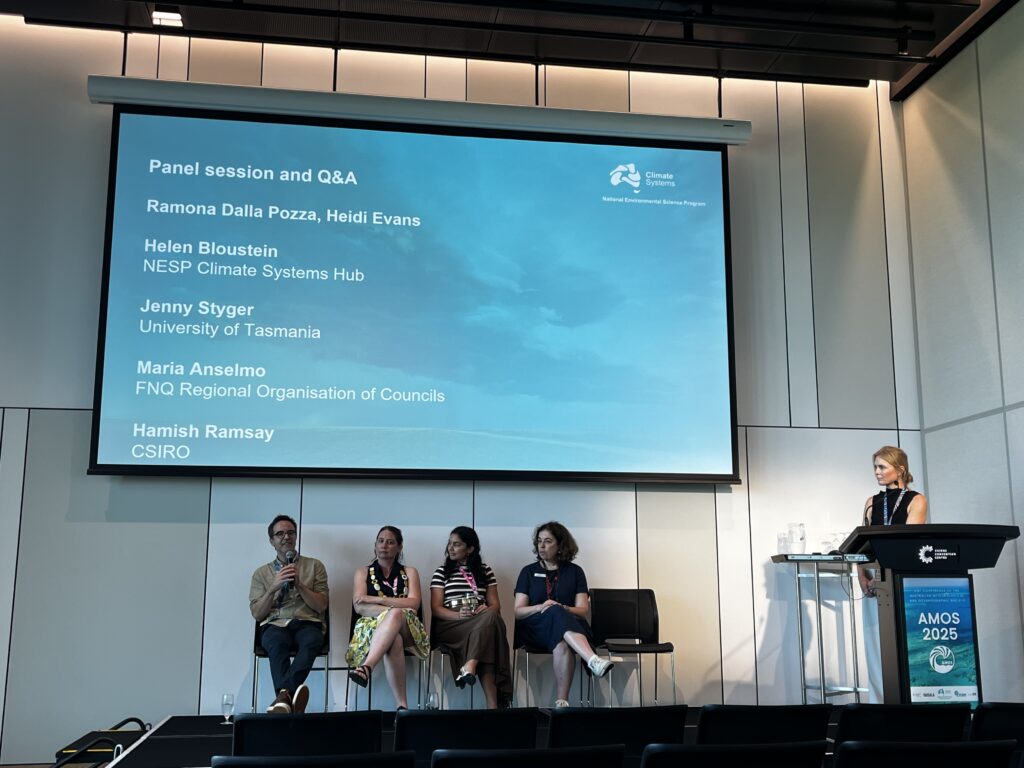
As host of the session, Ramona Dalla Pozza reminds us that co-design right from the very start of a project “takes time and effort but it is worth it as it ensures the research is more relevant, practical, and reflective of real-world needs.”
💡 Take action inspired by science
- Support reef-safe tourism and conservation efforts.
- Advocate for climate-resilient infrastructure in your community.
- Use your voice to push for stronger climate policies.
- Learn from Indigenous leaders about sustainable land and water stewardship.
And here’s the kicker: many of the AMOS scientists are calling for greater public engagement. They know that data alone won’t drive change, it takes people asking questions, demanding action, and making choices that ripple outward.
In memory of science communication stalwart Paul Holper, insights were delivered to make sure we’re going to where our audiences are, not expecting them to come to us. A great example of this is a new and sharp podcast from the 21st Century Weather Centre for Excellence called Totally Cooked aimed at anyone who wants to understand the science of climate change—without needing a PhD. No mincing words there.
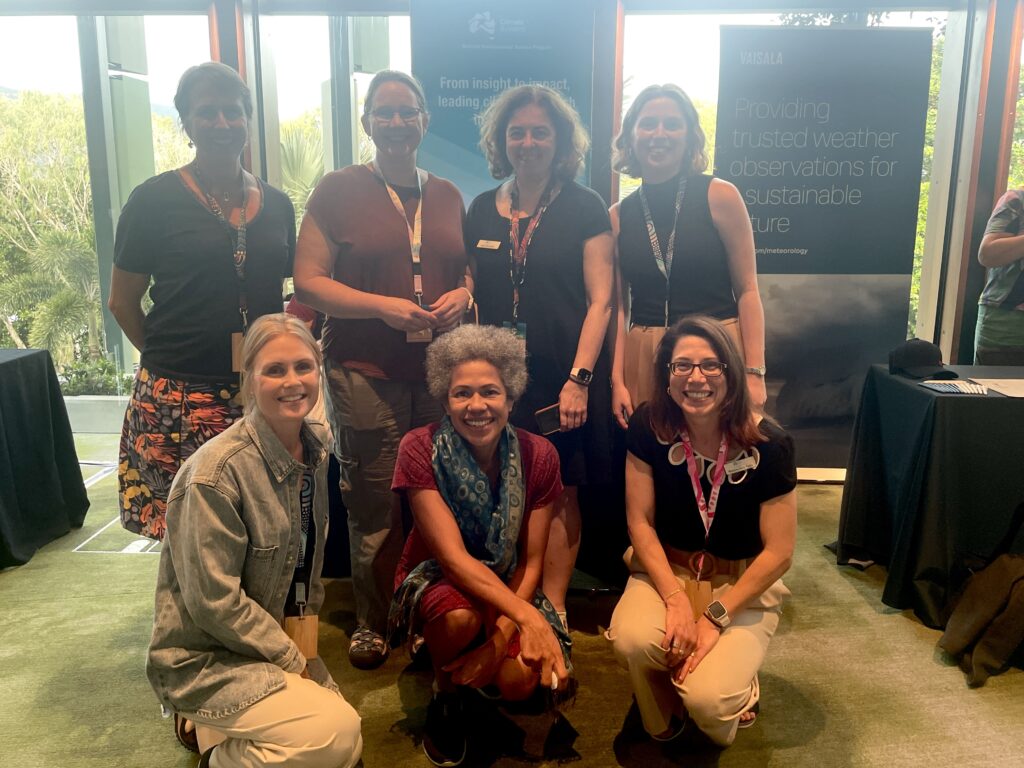
AMOS 2025 is a reminder that science isn’t locked in labs, it’s alive in the world around us. And it’s calling on all of us to act.
